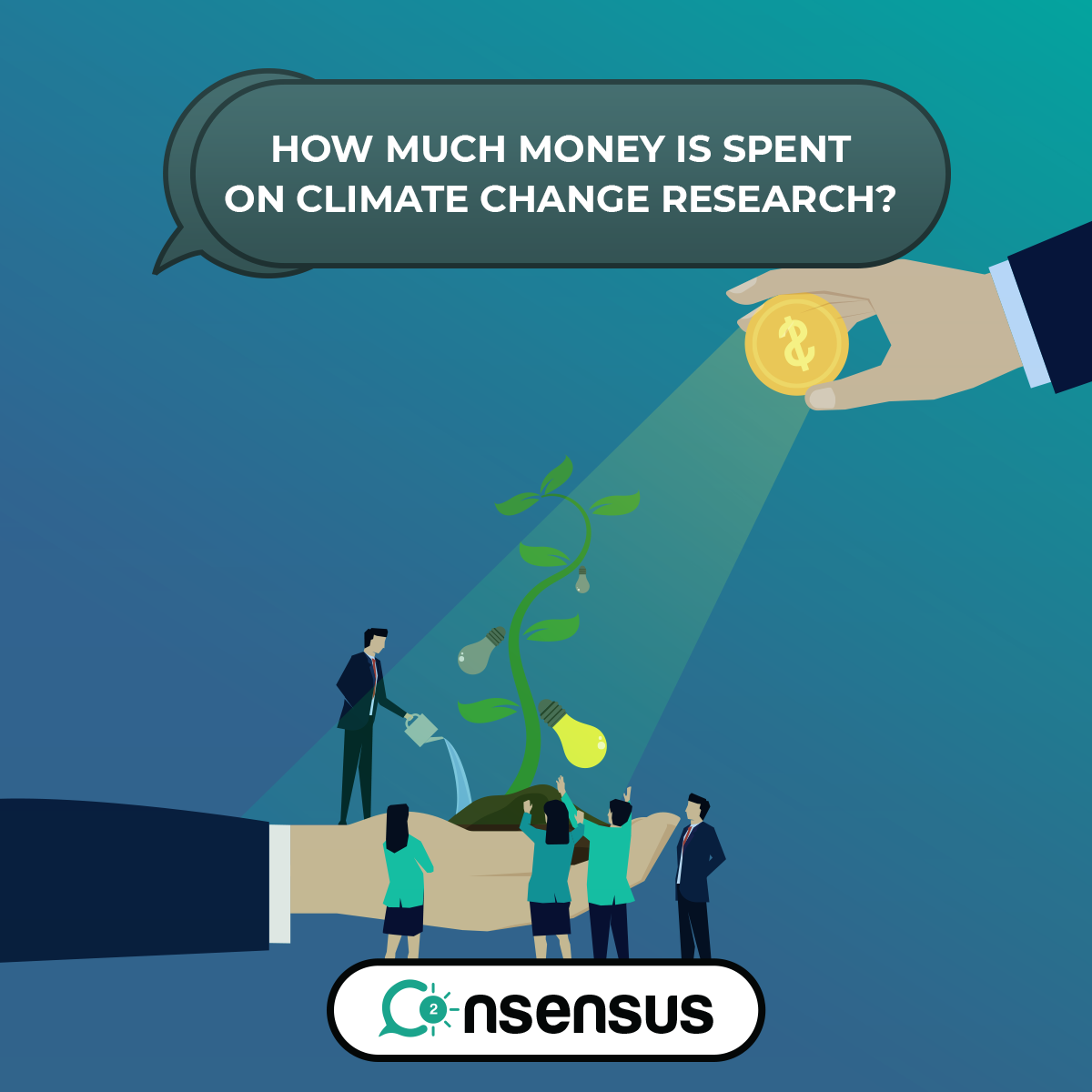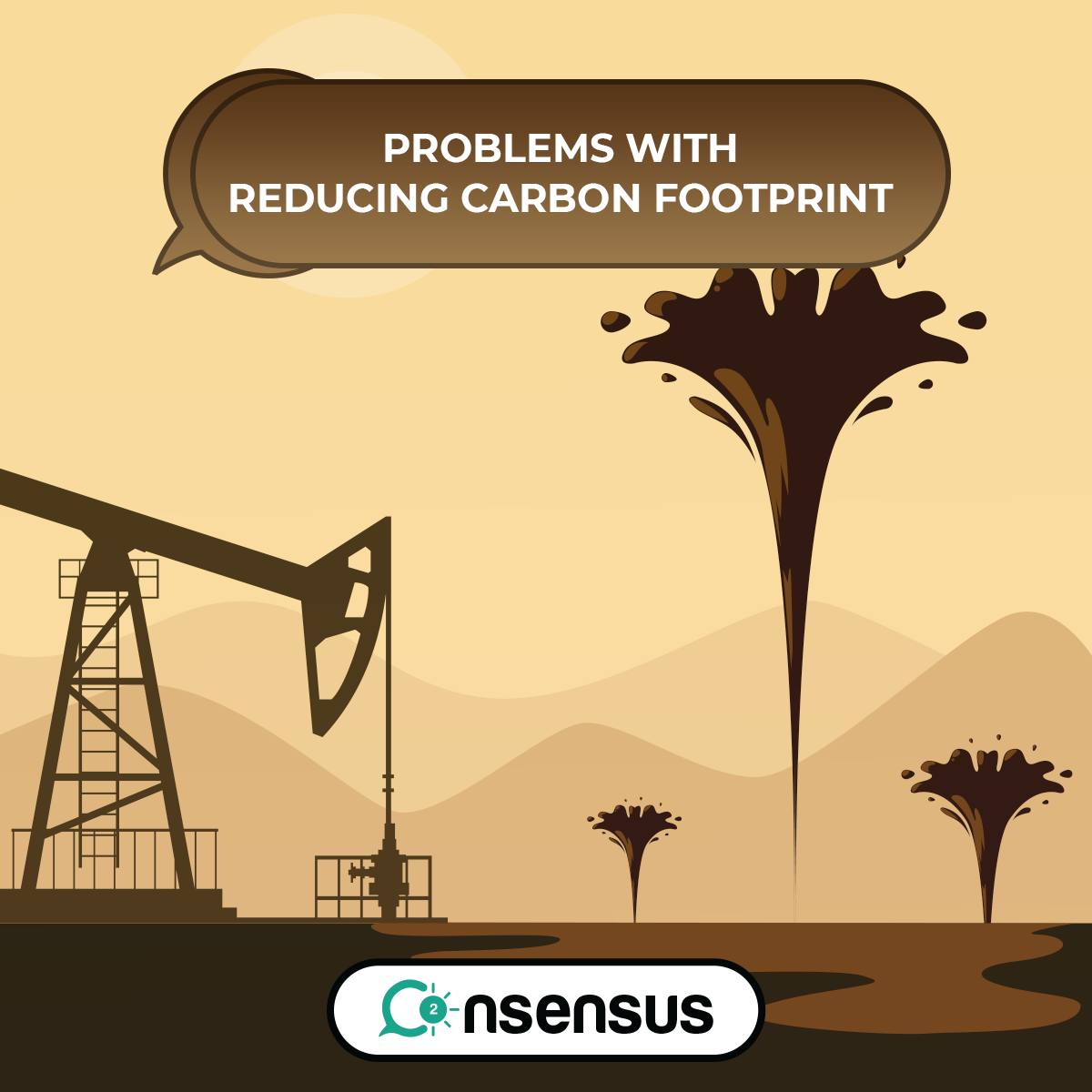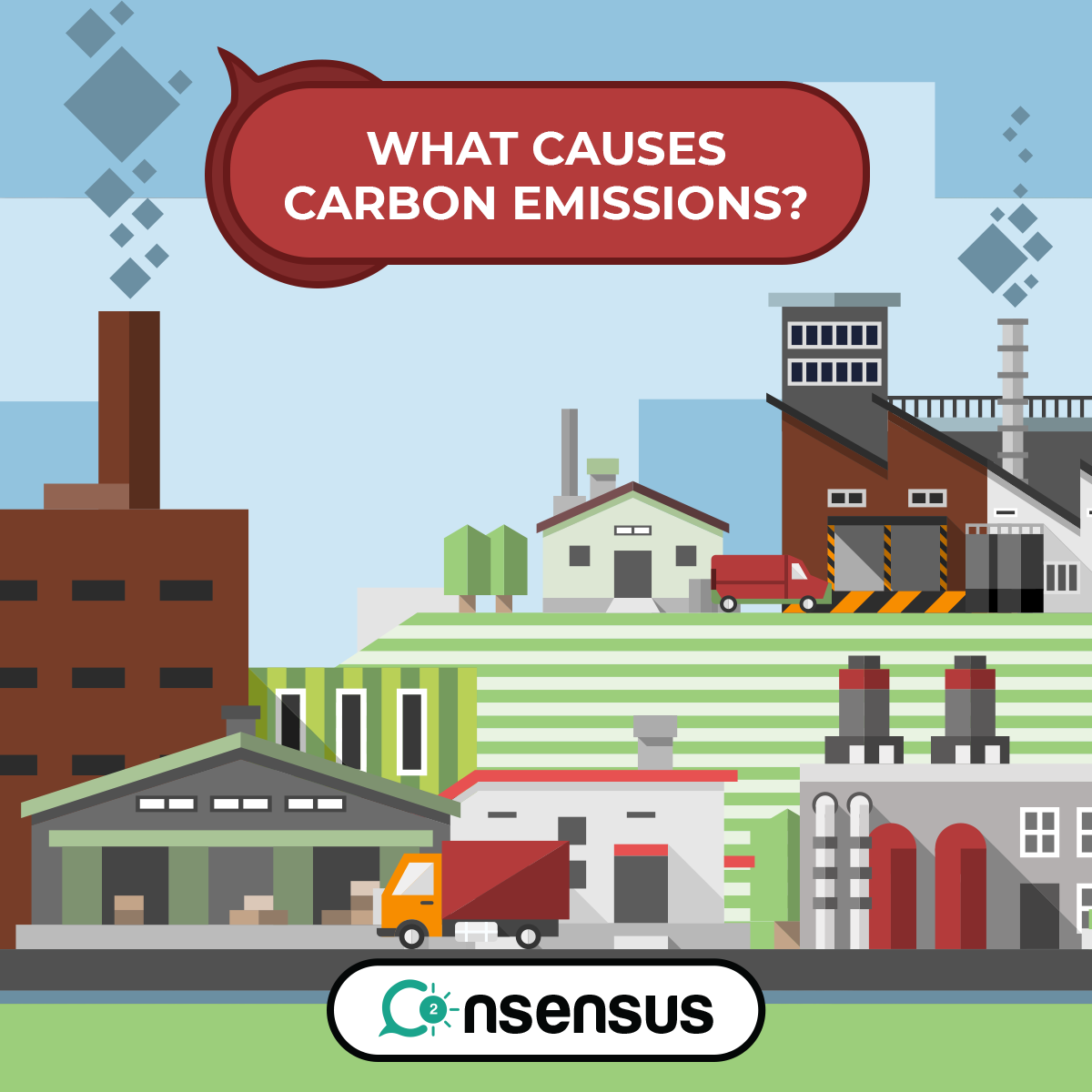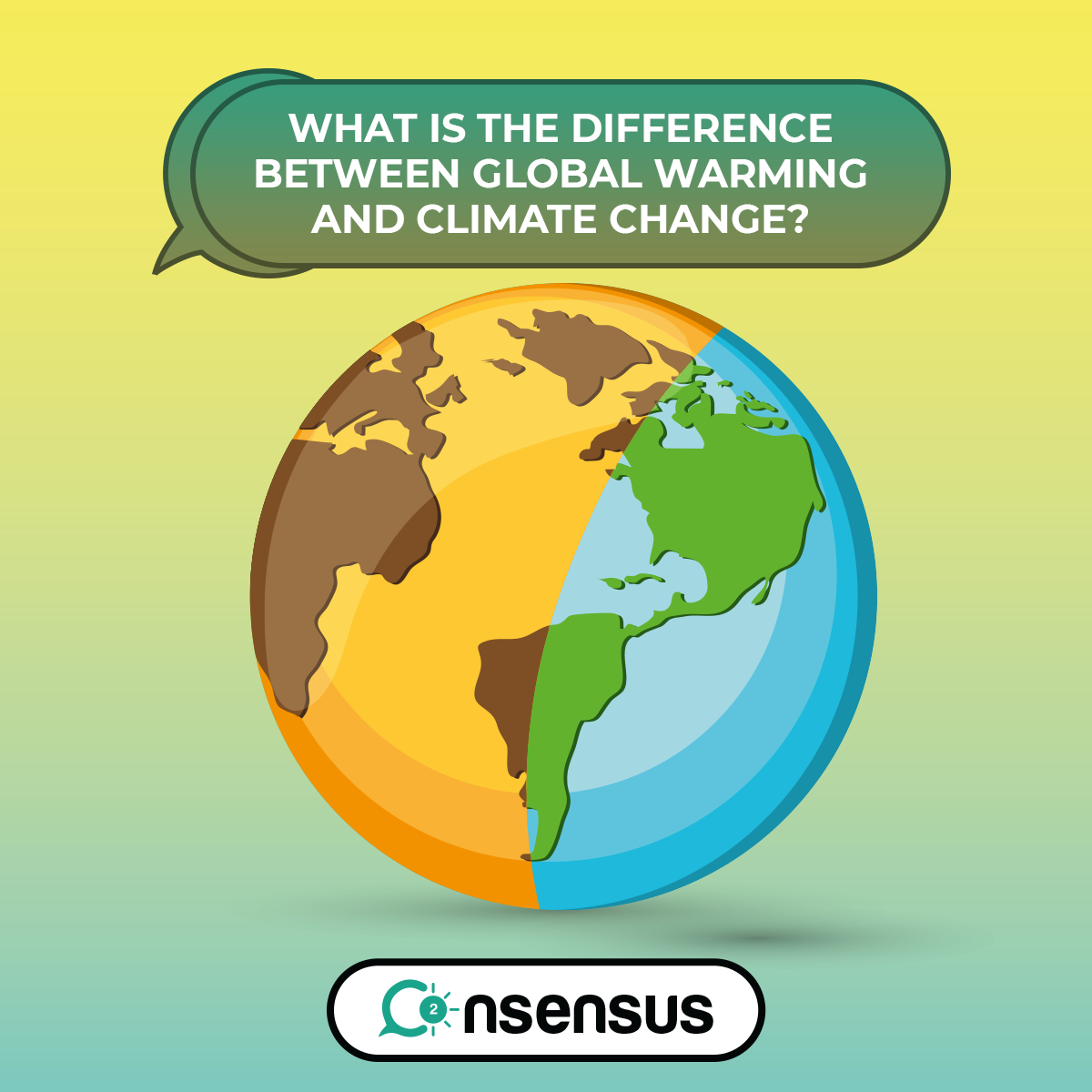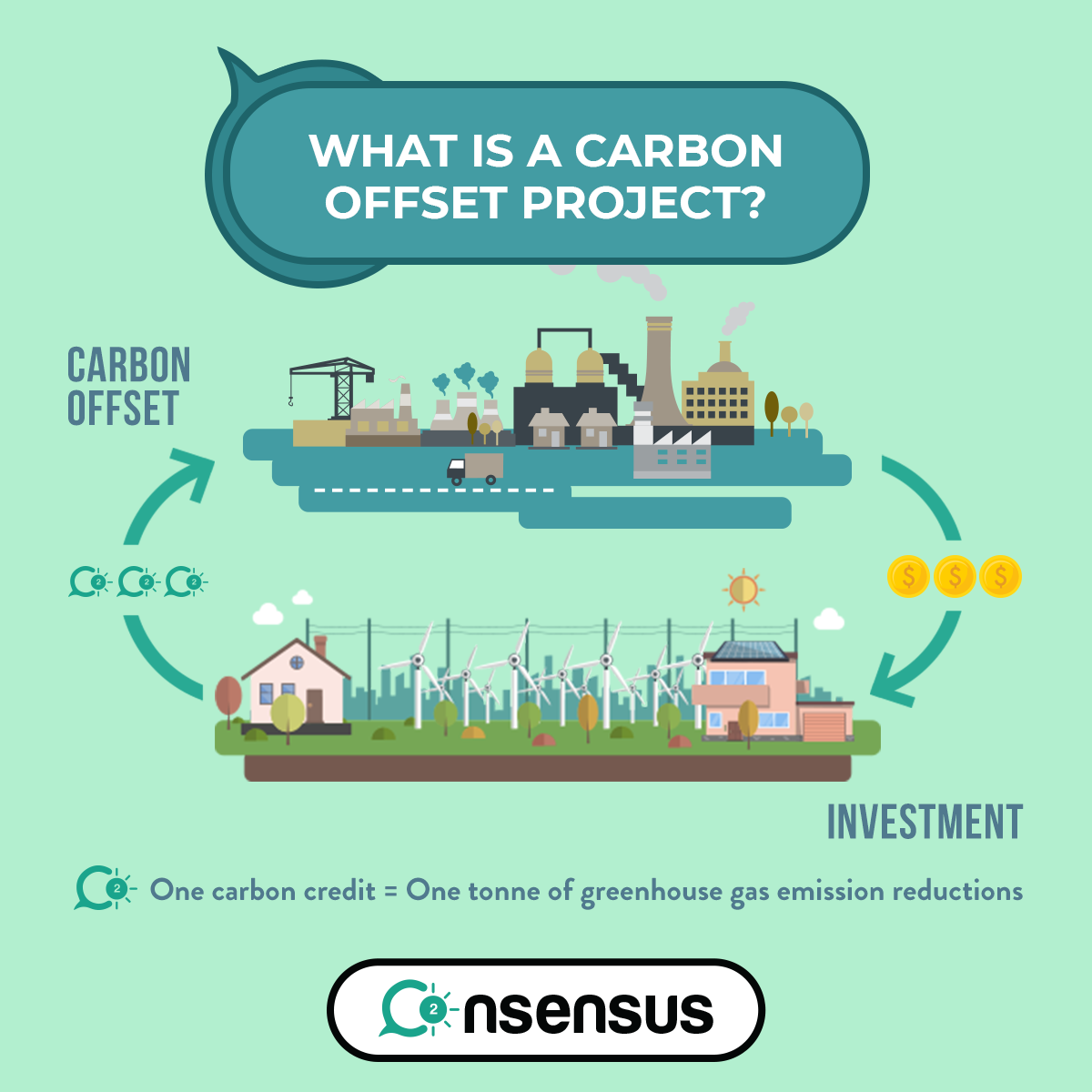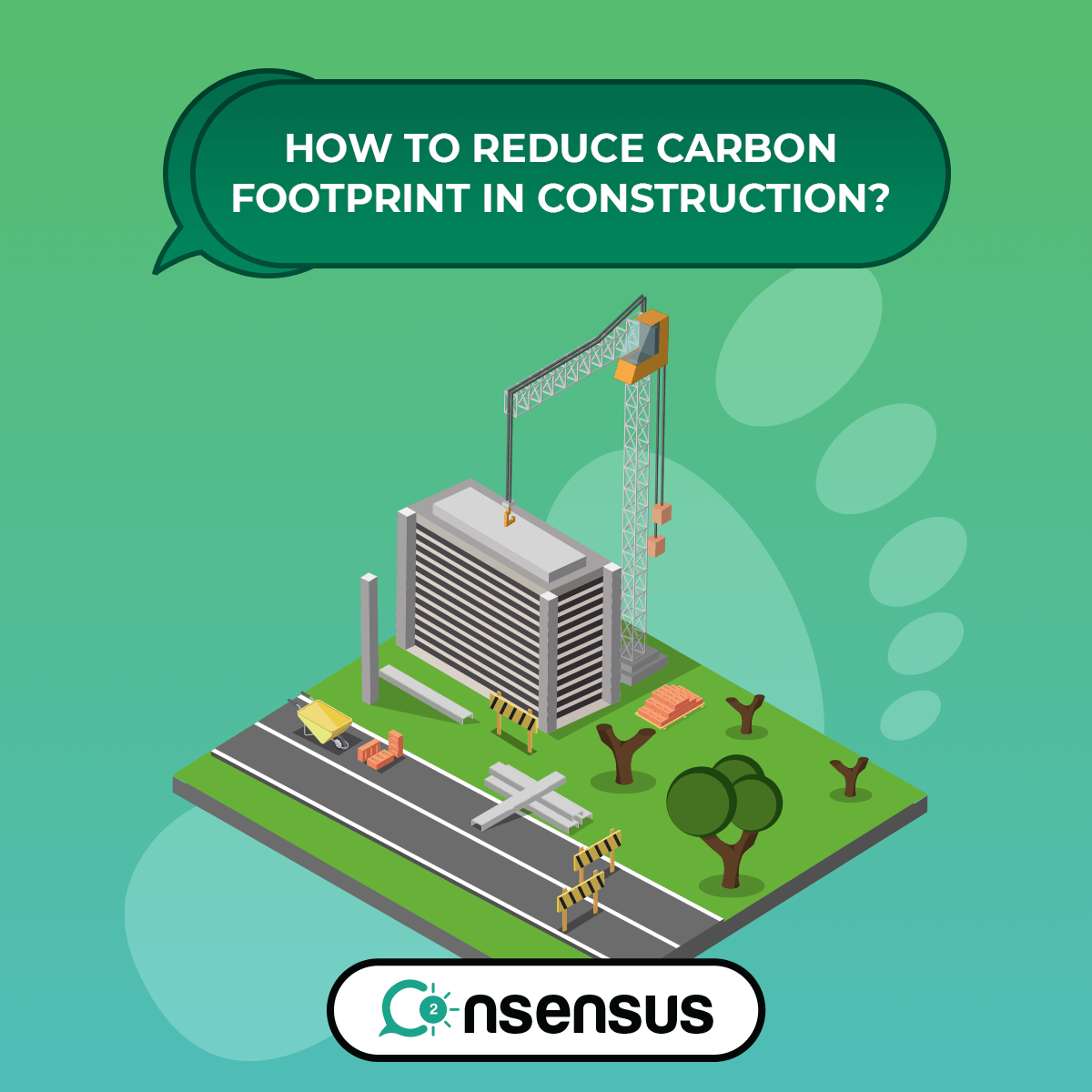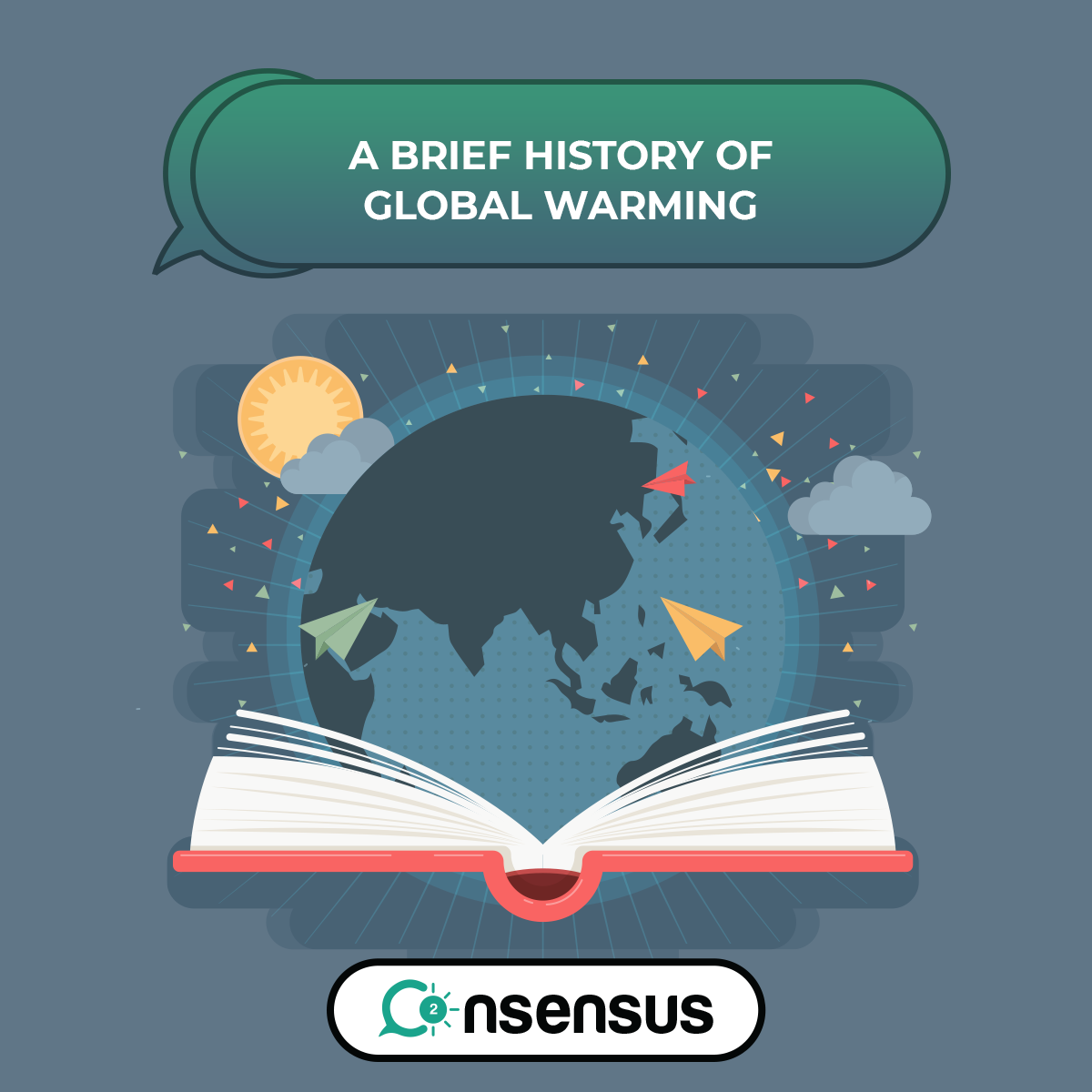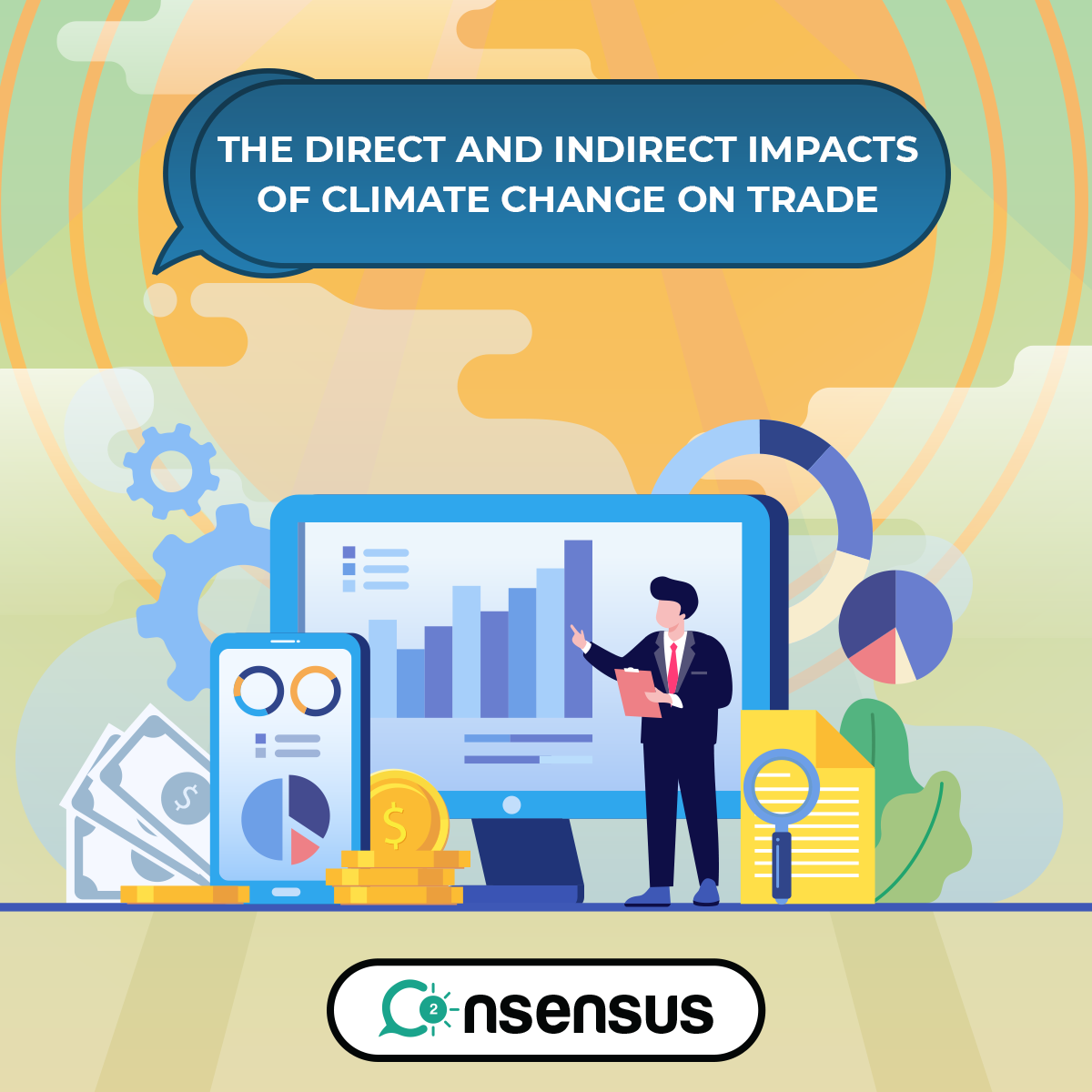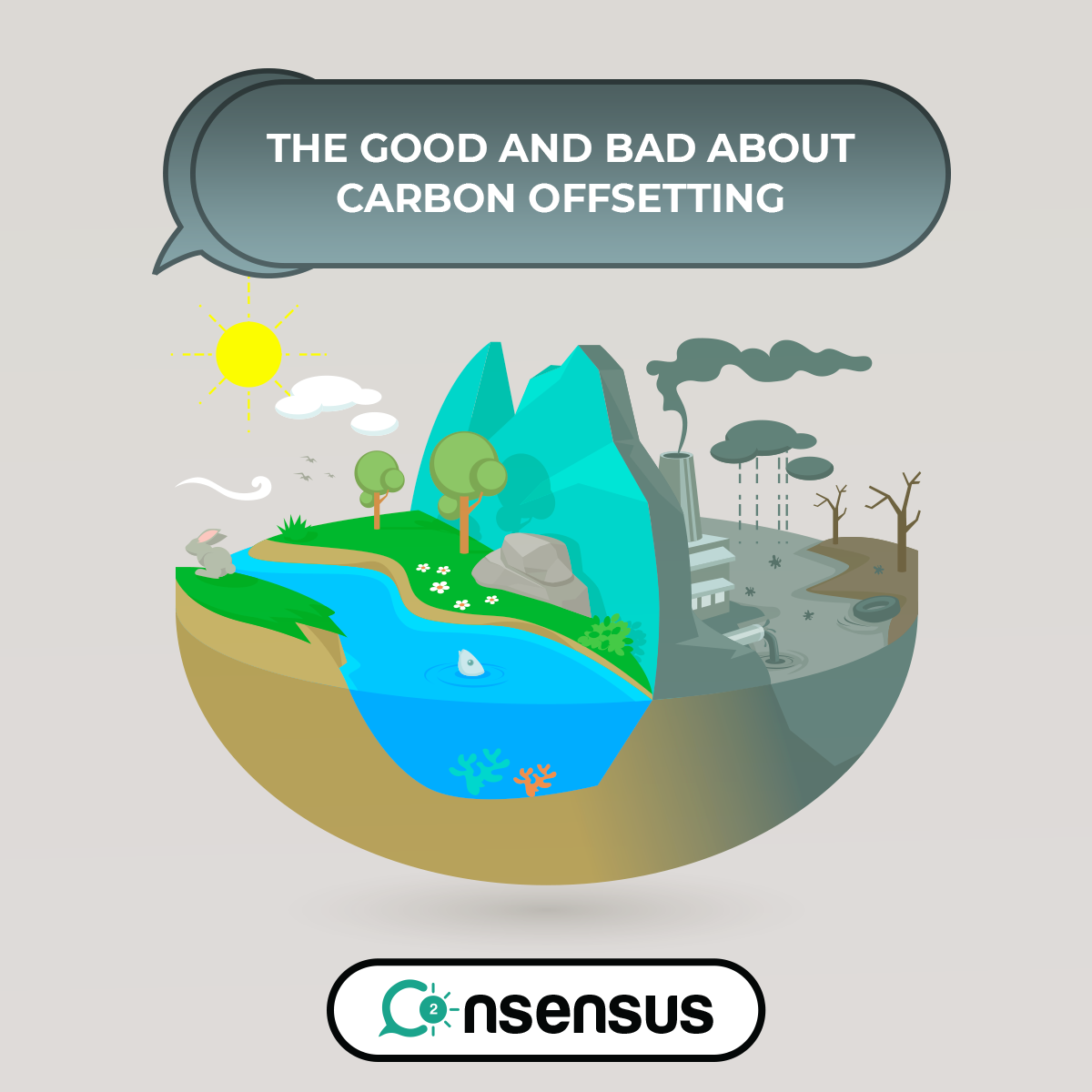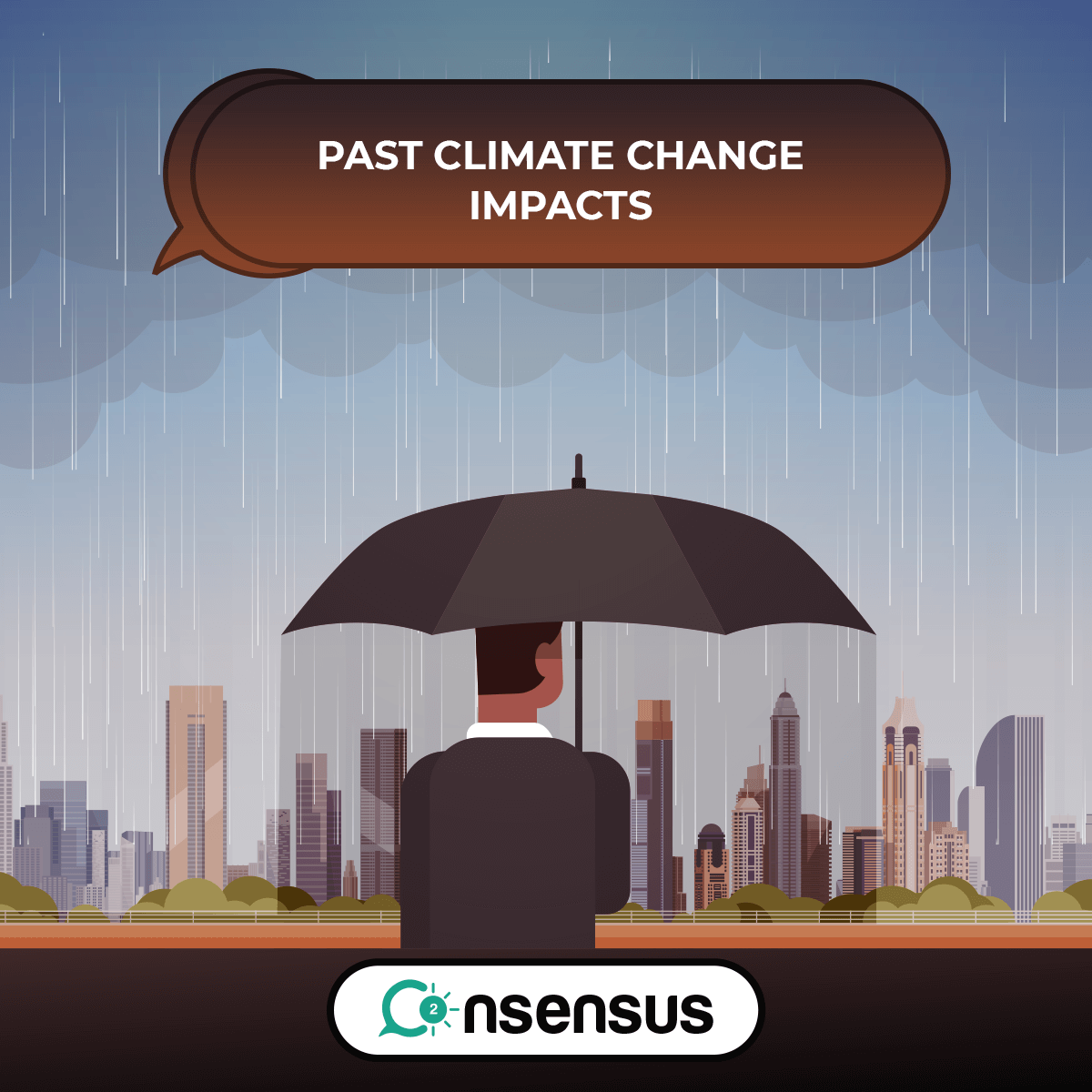According to the GAO (Government accountability office), annual federal climate spending has increased from $4.6 billion in 2003 to $8.8 billion in 2010, amounting to $106.7 billion over that period.
Category: Blogs
Problems with Reducing Carbon Footprint
Studies have shown that millions of species would likely be obliterated by 2100, and many others are currently facing extinction threats; forests that supply us a good fraction of our daily oxygen are charring away.
What Causes Carbon Emissions?
Where exactly is carbon emitted from? What are the root causes of an ever-warming planet (the statistics reveal that our planet was 35% hotter in 2018 than in 1990)? We tell you all about them.
What is the Difference Between Global Warming and Climate Change?
The terms ‘global warming’ and ‘climate change’ are both commonly used. However, these terms are sometimes misunderstood and used in the wrong way. Many people think of global warming and climate change as synonyms, but scientists prefer to use “climate change” when describing the complex shifts now affecting our planet’s weather and climate systems.
What is a Carbon Offset Project?
A carbon offset project, in the simplest of terms, is a project which converts your investments in money into equivalent reductions in carbon dioxide emissions. Each of these projects have a method – think solar power generation or mass reforestation in lieu of activities that produce problems in the environment while producing similar effects.
How to Reduce Carbon Footprint in Construction
Decarbonizing the cement sector poses one of the most difficult challenges in the shift to a low-carbon economy due to process emissions, which are particularly difficult to avoid. New cement chemistries could be less carbon-intensive, but there is a risk that these new chemistries can only make a moderate contribution to emissions reductions due to scarcities of local resource supply and differences in the resulting cement properties.
A Brief History of Global Warming
With the plagues that have befallen many parts of the world in recent times, it is only fair to admit that global warming is one of the most serious issues threatening humanity in the 21st century. To manage the future of the condition, it would help to look at its past.
The Direct and Indirect Impacts of Climate Change on Trade
The physical impacts of climate change will have direct as well as indirect consequences for trade. Direct effects encompass the effects of climate change on trade-relevant supply, transport and distribution chains, which could become manifest in damages to trade infrastructure such as ports from more frequent extreme weather events or rising sea level. Other impacts, such as retreat of polar ice under warmer temperatures can lead to opening up new trade routes in the Arctic.
The Good And Bad About Carbon Offsetting
Carbon offsetting is one of the best ways to reduce your carbon footprint. However, as there is with everything, it has its pros and cons.
So, if you find asking yourself, “Well, is carbon offsetting good or bad?” here are the lists of good and bad sides of carbon offsetting that will help you decide on your own.
Past Climate Change Impacts
Over the next decades, it is predicted that billions of people, particularly those in developing countries, face shortages of water and food and greater risks to health and life as a result of climate change concerted global action is needed to enable developing countries to adapt to the effects of climate change that are happening now and will worsen in the future.
